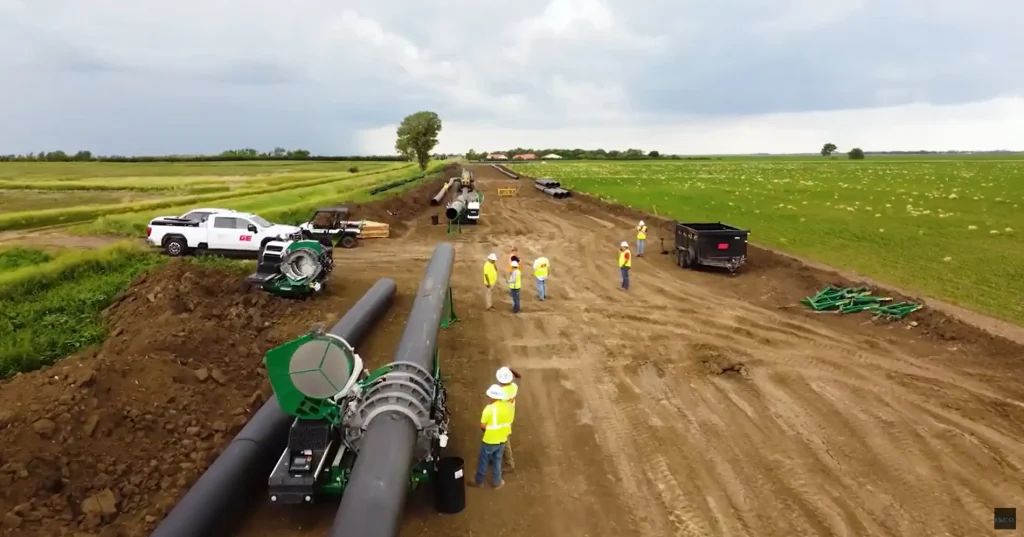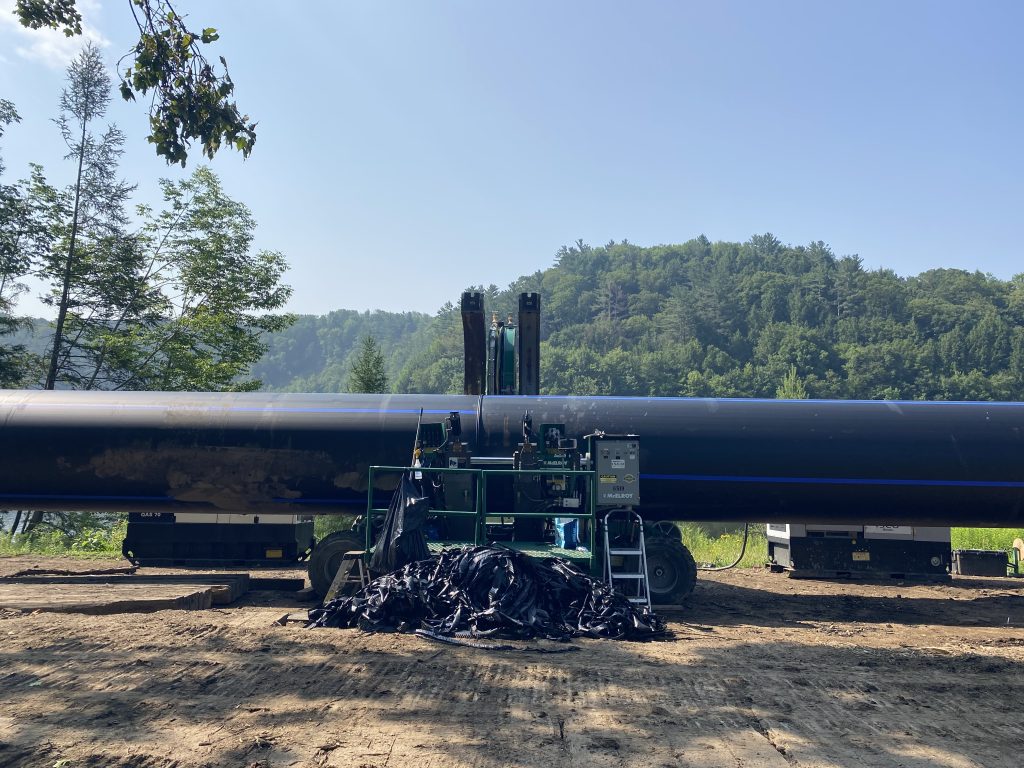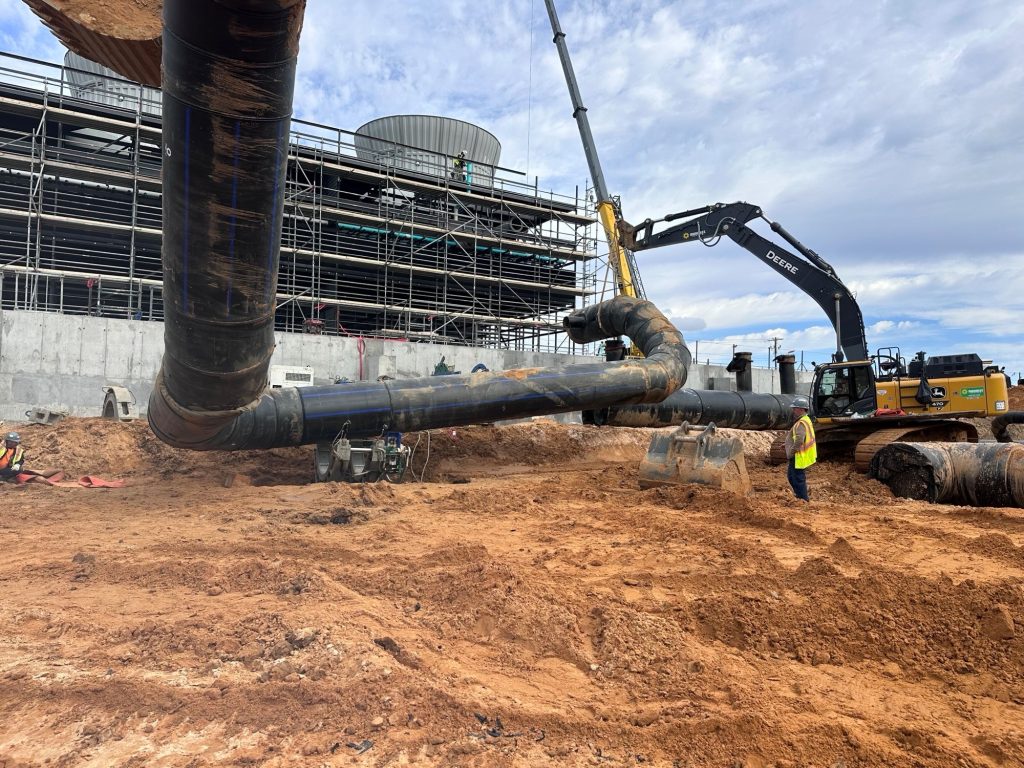Resources
Field Reports
Culvert Below Highway Entrance Ramp Fails, Relined with No-Dig Snap-Tite®
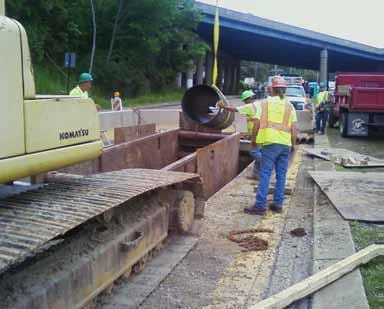
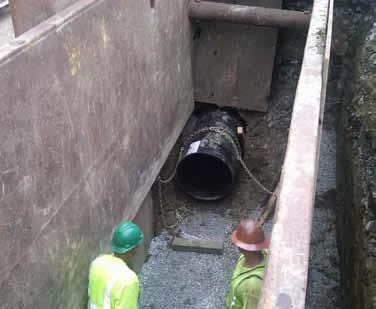
The Problem
Corrugated metal pipe (CMP) culverts are failing at an alarming rate throughout the U.S. These culverts were installed 40 to 50 years ago and have exceeded their design life.
A 36-inch culvert failed under a SR30 road off-ramp in Greensburg, PA. The Pennsylvania Department of Transportation (Penn DOT) District 12, Westmoreland County, could not dig up this storm drain culvert because it was located underneath the piers that support an entrance ramp bridge onto SR30. The bridge piers were directly on top of the culvert; so, the DOT needed a no-dig solution to repair the culvert without major road closures or expensive excavation.
The Solution
Snap-Tite® representative Joe Nagy worked with Penn DOT’s County Manager Tim Cook to provide the DOT with the right materials for this emergency project. The material chosen for the culvert rehabilitation project included 30-inch Snap-Tite® liner pipe, which was delivered in nine-foot sections for a total of 400 feet of pipe.
Snap-Tite® is made of high-density polyethylene (HDPE) pipe. Snap-Tite’s® patented male/female machining at each end of the HDPE allows the pipe ends to be ‘snapped’ together, piece-by-piece, and pushed into the full length of the existing pipe. The pipe liner is available in lengths from two to 50 feet, and is currently available for culverts with diameters from eight to 84 inches. However, larger diameters will be made available on special request.
The Installation
The culvert reline had to take place in a trench box, which limited the length of the pipe sections to nine feet. It took 10 minutes per joint to snap the pieces together. No specialty equipment is required to snap the pipe sections together during installation. Often the pipe can be snapped using only a come-along and chains. First, one of the pipe sections is inserted into the old culvert. Then the next section of Snap-Tite® pipe is snapped onto the first section. Finally, the sections are slid inside the old culvert and another section is snapped on until the culvert is fully lined with the Snap-Tite® pipe.
The contractor on the project pushed the pipe up the slope for approximately 380 feet and then pushed it down into the junction box. Then, the contractor pulled the Snap-Tite® pipe back to make the final connection.
Finally, any annular space between the culvert and pipe liner was filled in with grout. In this case, grouting had to take place in several lifts because the pipe was on a 10 percent slope. Also, the installation pit was completely filled with concrete, serving as a massive bulkhead. This emergency project was successfully completed.
